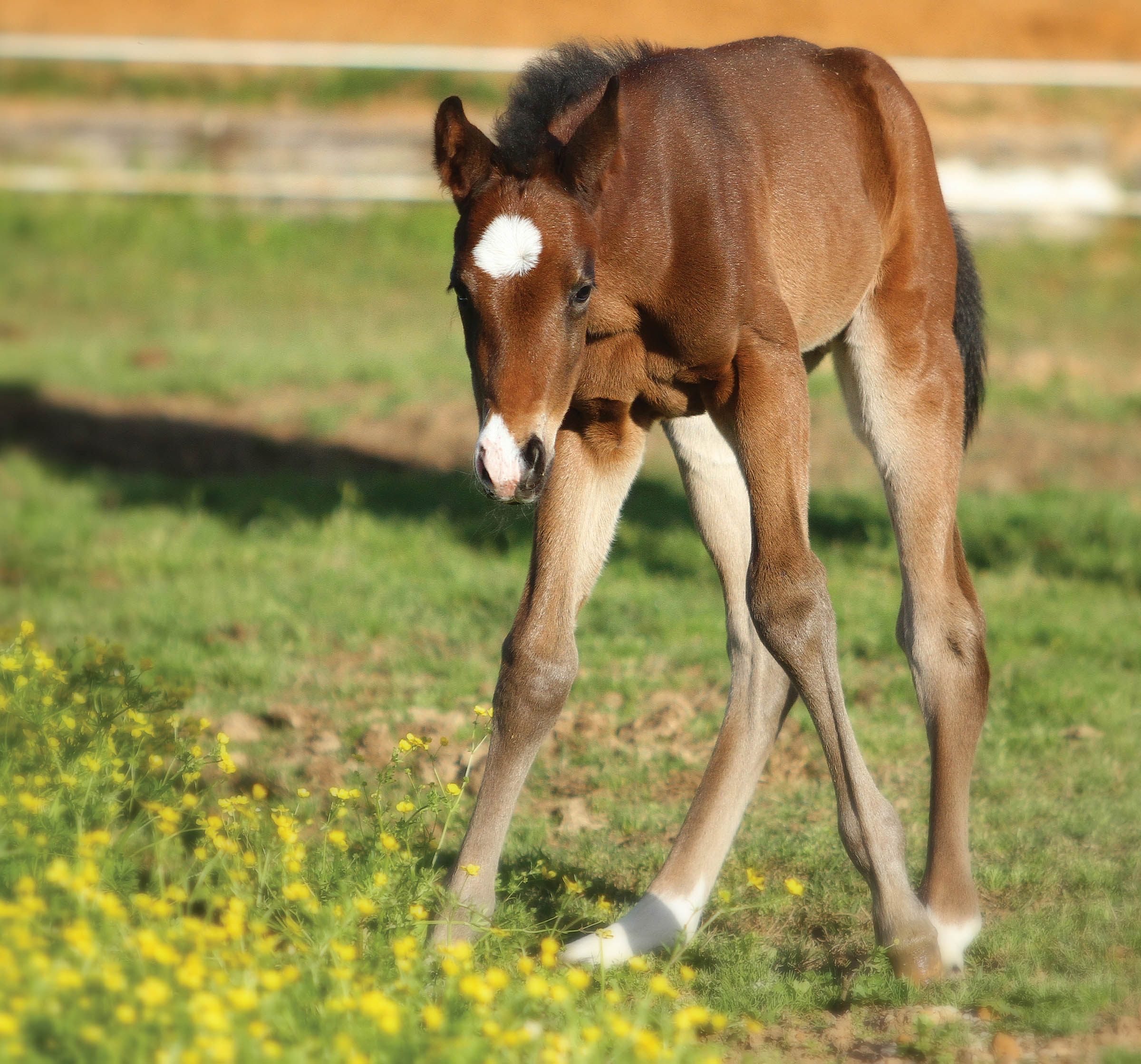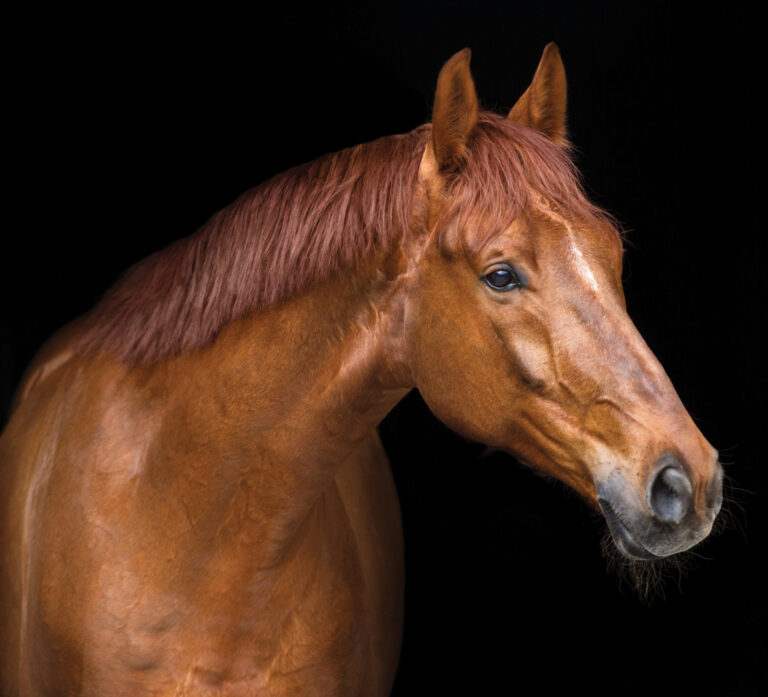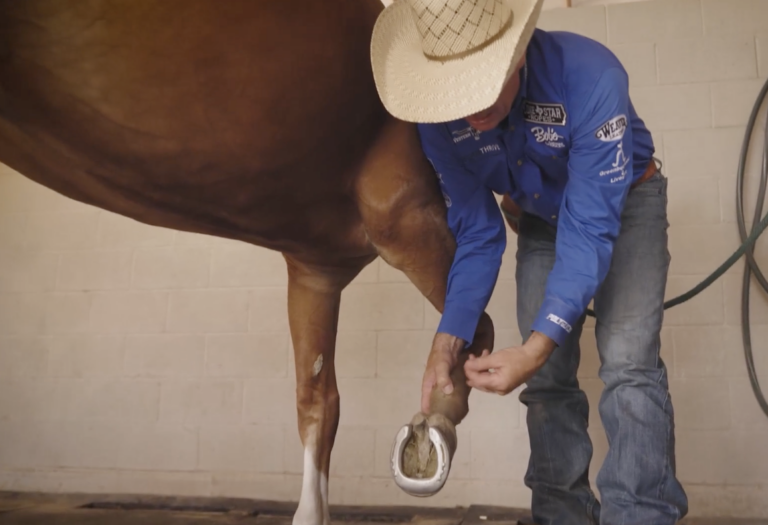
Temperature and sunlight affect levels of non-structural carbohydrate (NSC) accumulation in grass; too much NSC is especially risky for horses with metabolic issues. Basic guidelines: (1) When the night temperature is below 40 degrees F, grass will be too high in NSC. (2) Once the night temperature gets above 40 degrees F, the lowest NSC level is before the sun rises. (3) NSC levels tend to be highest in late afternoon, after a sunny day. Thus in moderate climates, spring grazing tends to be safest before dawn until approximately 10 a.m., then again at night starting at about 11 p.m. (gettyequinenutrition.com).






